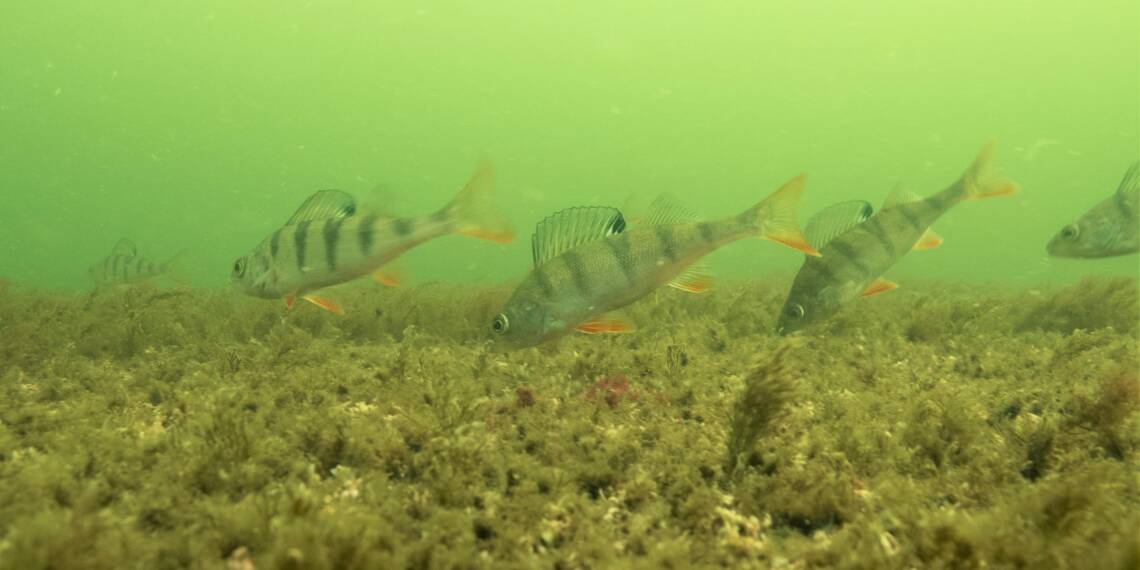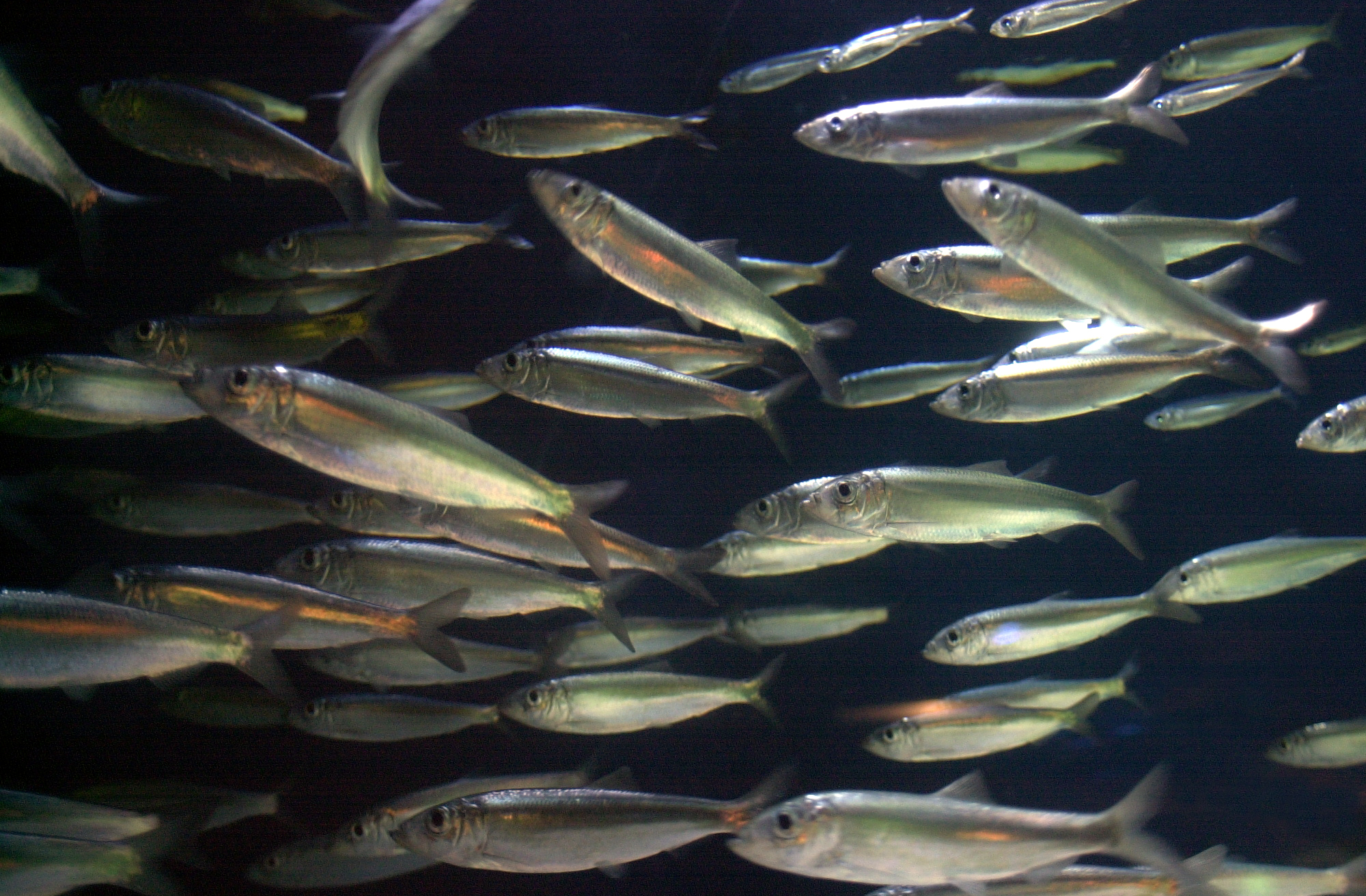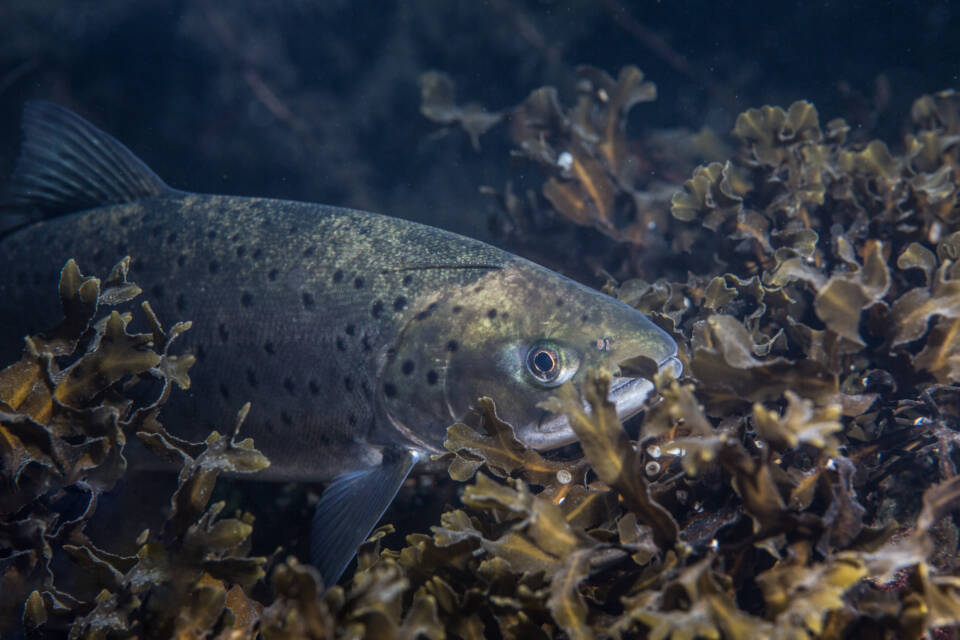
The status of fish stocks varies in Finnish sea areas – migratory fish are particularly endangered
Finland’s fragmented coastline and archipelago provide good living conditions for many seabirds. However, there have been significant changes in the composition and abundance of species over the past 30 years. The reasons for these changes are varied.
The fish fauna of the northern Baltic Sea is a unique mix of marine and freshwater species. The state of many fish stocks found in Finland’s marine areas varies naturally. Additionally, fish stocks are affected by factors such as fishing pressure, environmental changes, and invasive species.
Fish found in the sea are often categorized into pelagic and coastal species, as well as migratory fish. The most well-known pelagic species are herring and sprat. The coast is home to many fish familiar from inland waters, such as roach and perch. The most well-known migratory fish are salmon and sea trout.
Commercial fish stocks are maintained
The most important catch species for Finland’s commercial fishing are herring and sprat. Their stocks are monitored annually. Monitoring provides information and forecasts, based on which the European Union decides on national catch quotas for herring and sprat. The state of the herring stock has deteriorated in the Gulf of Finland and the northern Baltic Sea, but the sprat stock has remained strong in the Baltic Sea.

Coastal fish fishing is also regulated, though not by EU catch quotas but by national fishing restrictions. In Finland, decisions are made on permissible types of fishing gear and minimum fish sizes. Regulation aims to ensure sustainable fishing. Important catch fish include perch, whitefish, and pike-perch.
Eutrophication and other changes affect fish stocks
For coastal fish stocks to remain viable, fish must have good conditions for reproduction. Coastal construction, dredging, and other changes can damage or destroy important fish reproduction areas. Similarly, changes in water quality, such as acidification, also occasionally cause major problems for fish, particularly during their sensitive reproductive phase.
Both eutrophication and rising water temperatures affect the composition of fish communities. Some fish species can cope with and even benefit from such conditions, including pike and cyprinid fish, such as roach and bream. Many fish species that thrive in cold waters, in turn, suffer as both the climate and sea warm. These include the marine-dwelling grayling (Thymallus thymallus) and the burbot (Lota lota). In the latest endangerment assessment, the burbot is now classified as a near-threatened species.
Migratory fish are widely endangered
Many migratory fish species have been assessed as being endangered. Those species with the weakest status include the critically endangered European eel, as well as the endangered sea trout.

These threat levels are mainly because the dams built on rivers prevent fish from entering their spawning grounds. Obstacles which prevent migration, such as dams and other changes in river nature have collapsed both salmon and sea trout stocks throughout the entire coastal areas of Finland. The distress of these fish is further compounded by the silting up of the gravel spawning beds in those few rivers that have not been built upon. Moreover, climate warming also poses additional challenges.
Efforts to improve the state of migratory fish include restoring river habitats and imposing fishing restrictions. These measures have proven successful in many places, allowing migratory fish to return to their spawning areas. Natural salmon fry production in the Tornio and Simo rivers has increased significantly over the past 25 years.
-
 Find out more
Find out moreFish stocks monitoring and research
-
 Find out more
Find out moreFish species

